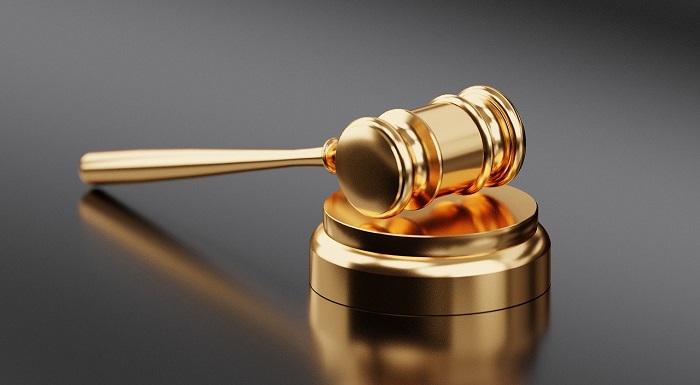History of trial court's duty in plea of guilty to capital offense
SECTION 3. Plea of guilty to capital offense; reception of evidence. — When the accused pleads guilty to a capital offense, the court shall conduct a searching inquiry into the voluntariness and full comprehension of the consequences of his plea and [shall] require the prosecution to prove his guilt and the precise degree of culpability. The accused may present evidence in his behalf.
 Interestingly, the rule encapsulated in Sec. 3, Rule 116 was not the rule
prior to the advent of the 1985 Rules on Criminal Procedure. The evolution of
the rule reveals a dichotomy which the Court now addresses. The development of
the rule, as well as jurisprudence, dictates a just resolution of the case.
Interestingly, the rule encapsulated in Sec. 3, Rule 116 was not the rule
prior to the advent of the 1985 Rules on Criminal Procedure. The evolution of
the rule reveals a dichotomy which the Court now addresses. The development of
the rule, as well as jurisprudence, dictates a just resolution of the case.Even prior to the adoption of the 1940 Rules of Court, jurisprudence has had to grapple with instances where an accused pleaded guilty to a capital offense. In such instances, the Court maintained a policy of restraint in rendering judgment on the sole basis of such plea.
As early as 1903, in U.S. v. Patala,[1] the Supreme Court cautioned against the acceptance of pleas of guilty and opined that the trial judge should freely exercise his discretion in allowing pleas of guilty to be withdrawn if the accused does not fully realize the probable effects of his admission:
The pleas of "guilty" and "not guilty" as accepted in American law were unknown to the Spanish law. Under the Spanish law there was what was called "judicial confession," whereby the accused admitted the commission of the act alleged in the complaint, but by so doing the defendant did not attempt to characterize the act as criminal, as is the case with a defendant who pleads "guilty" under American law. It also appears that there are no words in the Tagalog or Visayan dialects which can express exactly the idea conveyed by the English word "guilty." In a case of homicide, for instance, when the question is put to the defendant in either of these two dialects as to whether he is guilty or not guilty, he is asked whether he killed the deceased or not. If he answers that he did kill the deceased, he merely admits that he committed the material act which caused the death of the deceased. He does not, however, understand it to be an admission on his part that he has no defense and must be punished. The case at bar serves to illustrate this fact. Under these circumstances, we are of opinion that the trial judge should freely exercise his discretion in allowing the plea of "guilty" to be withdrawn; indeed, he must, on his own motion, order that it be withdrawn if, in his opinion, the accused does not fully realize the probable effect of his admission.[2]
Again, in the 1917 case of U.S. v. Jamad (Jamad),[3] the Supreme Court noted that "notwithstanding the plea of 'guilty,' several witnesses were examined, under the well-settled practice in this jurisdiction which contemplates the taking of additional evidence in cases wherein pleas of 'guilty' are entered to complaints or information charging grave crimes, and more especially crimes for which the prescribed penalty is death."[4]
[1] 2 Phil. 752 (1903).
[2] Id. at 755.
[3] 37 Phil. 305 (1917).
[4] Id. at 307-308.
